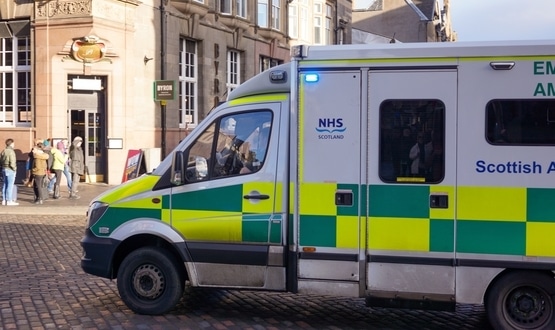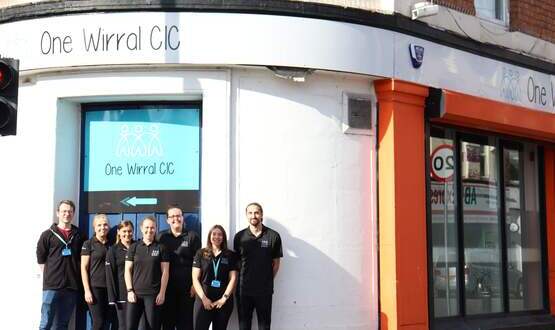Wirral gets ‘track and trigger’ alerts
- 8 May 2012
Wirral University Teaching Hospital NHS Foundation Trust is to implement a “track and trigger” alert system in its A&E department.
The new alerting system will mean that nurse observations of patient vital signs will be recorded in the patient’s electronic record. Vital patient observations will then be viewable from anywhere in the hospital and used to trigger other care processes
The trust will incorporate the alerts into its Millennium EPR system at the end of May, becoming the first Cerner customer in the UK to complete such an implementation.
Patient observation data will be inputted electronically using a hand-held device with the information automatically transferred into the patient’s Millennium electronic patient record. The software will then be used to alert clinicians of any deterioration in a patient’s condition.
Luke Readman,Wirral’s director of information told EHI: “It is bizarre that until now a complicated system like x-ray images has automatically connected but vital observations have not.
“The potential for this system is huge. The observations can be seen from anywhere in the hospital and we will use it to drive other processes, in particular driving a risk assessment of the patient, which will provide clinicians with an illness score for their patients.”
The system will replace the traditional process that involves the nurse recording a patient’s vitals on a paper card, later transferring this information to another paper record and then manually inputting the data into Millennium.
Instead, the nurse will scan her own badge to identify herself to the system before proceeding to scan the patient’s wristband. The observations will then be taken with the numbers appearing in the system, which prompts the nurse to accept or reject the readings.
When accepted by the nurse, the readings will automatically be visible in the patient’s record in Millennium. If a patient’s vitals dip below a certain level, an alert will be sent to clinicians via a paging system.
“If you are capturing data automatically over time, then when the vitals deteriorate, the rule that we will have in the system will trigger an alert to the clinician responsible,” said Readman.
The system forms part of a wider health programme currently implemented at the trust, which involves the deployment of the out-reach teams in the intensive care unit.
Readman is hoping the new “lean approach” adopted by Wirral will improve the time it takes for the out-reach teams to respond to deteriorating patients in various stages of recovery, across a number of wards.
“The evidence suggests that this process orientated approach can have a very powerful impact in improving outcomes and saving lives. Like every project at the trust, we will start small in A&E, but the potential is enormous and should, if successful, spread throughout the hospital.”
The trust, which has historically been known as an NHS IT leader, became one of the first to leave the National Programme for IT in the NHS, when it signed a direct contract with Cerner in February 2009.
The trust, which falls within the North, Midlands and East region of England, should have received iSoft’s Lorenzo electronic patient record from local service provider CSC under the NPfIT.
Instead, Wirral has been at the forefront of many Cerner Millenium developments since it first went live with the system in its A&E department in May 2010.
The pioneering trust has recently completed a trial of a successful project involving Millennium with Cerner and an Australian hospital. The initiative has developed a “results to endorse” programme that will be released on a full roll-out across the trust in the next two weeks.
The system has provided doctors with a button at the top of a patient’s record in Millennium where the doctor can endorse a patient’s results, removing the current requirement on ward rounds to change from one system to another to process such information.
“This is a very powerful piece of functionality that has been specified by ourselves and those in Sydney. This will ensure that data capturing is improved and that the time spent by the doctor with the patient remains quality time,” said Readman.
The next stages of module implementation regarding Millennium involve pathology and inpatient orders and results. These are set for completion by the end of November, providing patient safety requirements and gateway procedures are satisfied.




